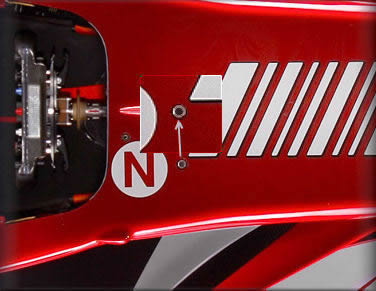I woke up with an idea, sorry if it has been discussed already, if not then here it is:
When there is a crash, you always see the marshals running to the driver asking about his condition. In the case of a multi-car crash (especially Nascar for example), there is not enough marshal to run at each driver quickly. So why not asking the teams to put a light on the roof of the cars (can work for LeMans, F1, WRC), that the driver has to switch on right after the crash depending if he needs immediate assistance (red) or if he is ok (green). I think it would be a very good idea, so the marshals could run to the car with either no light (driver unconscious), or with a red light (needing immediate assistance).
It would just be an easy access switch. What do you think?
- Login or Register
No account yet? Sign up


